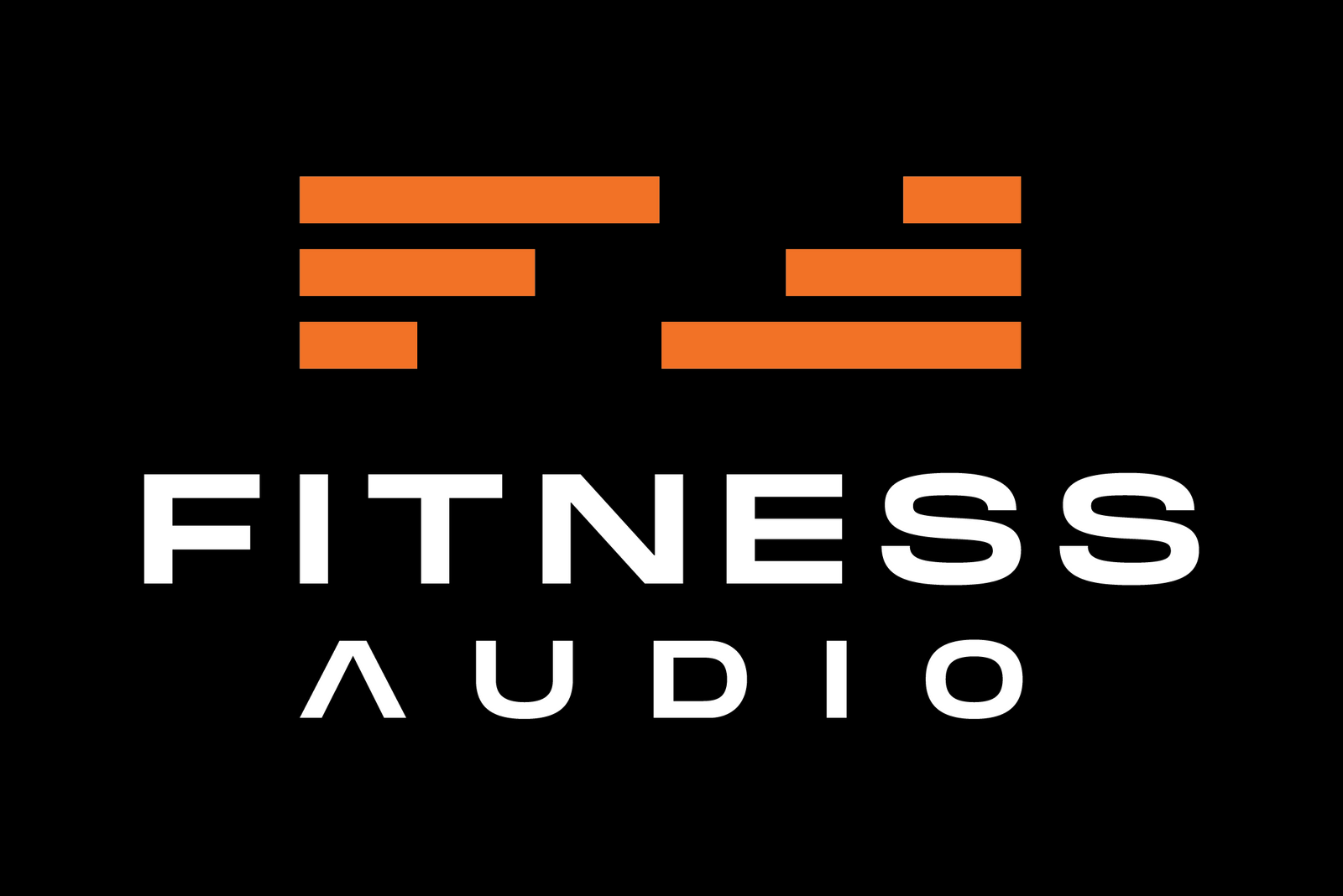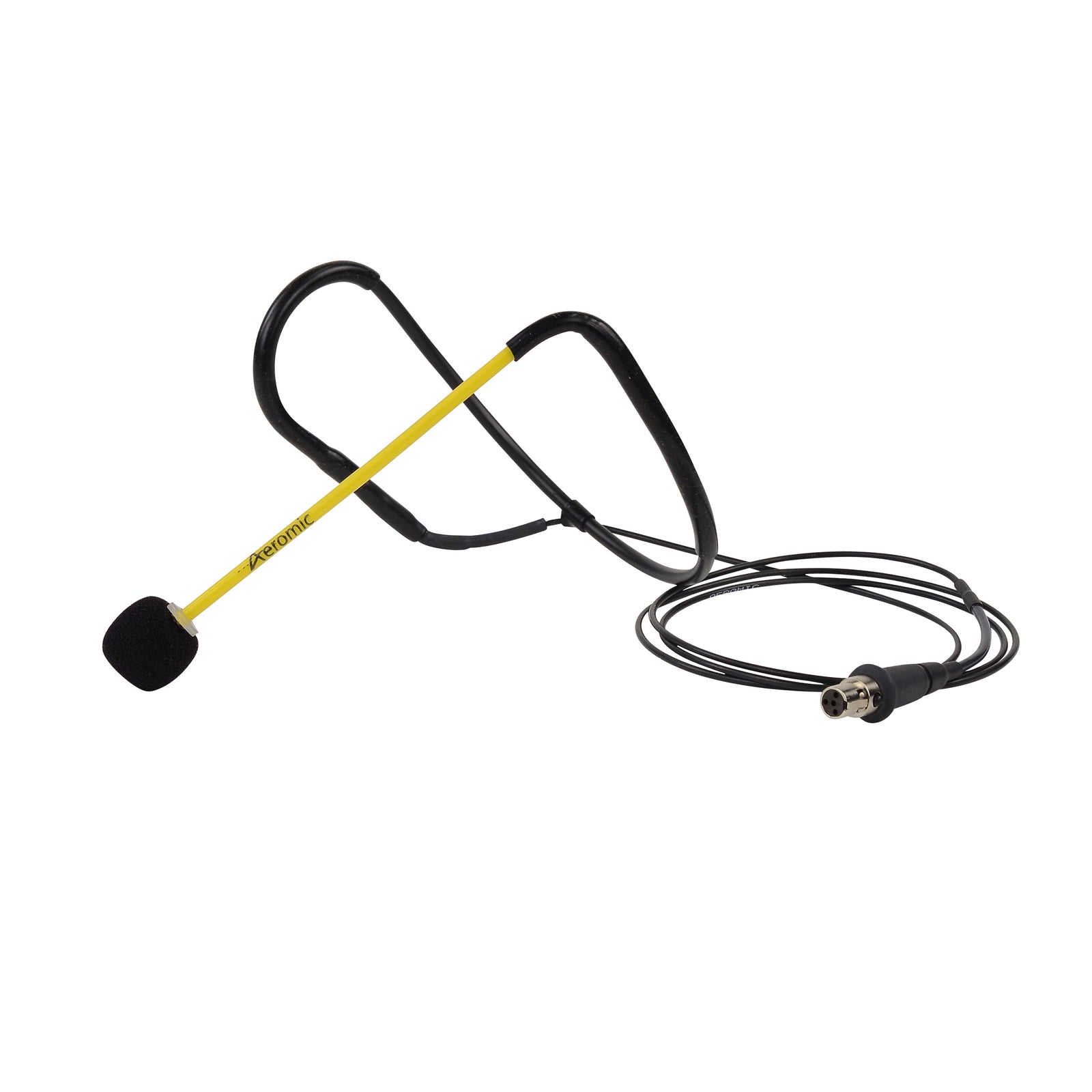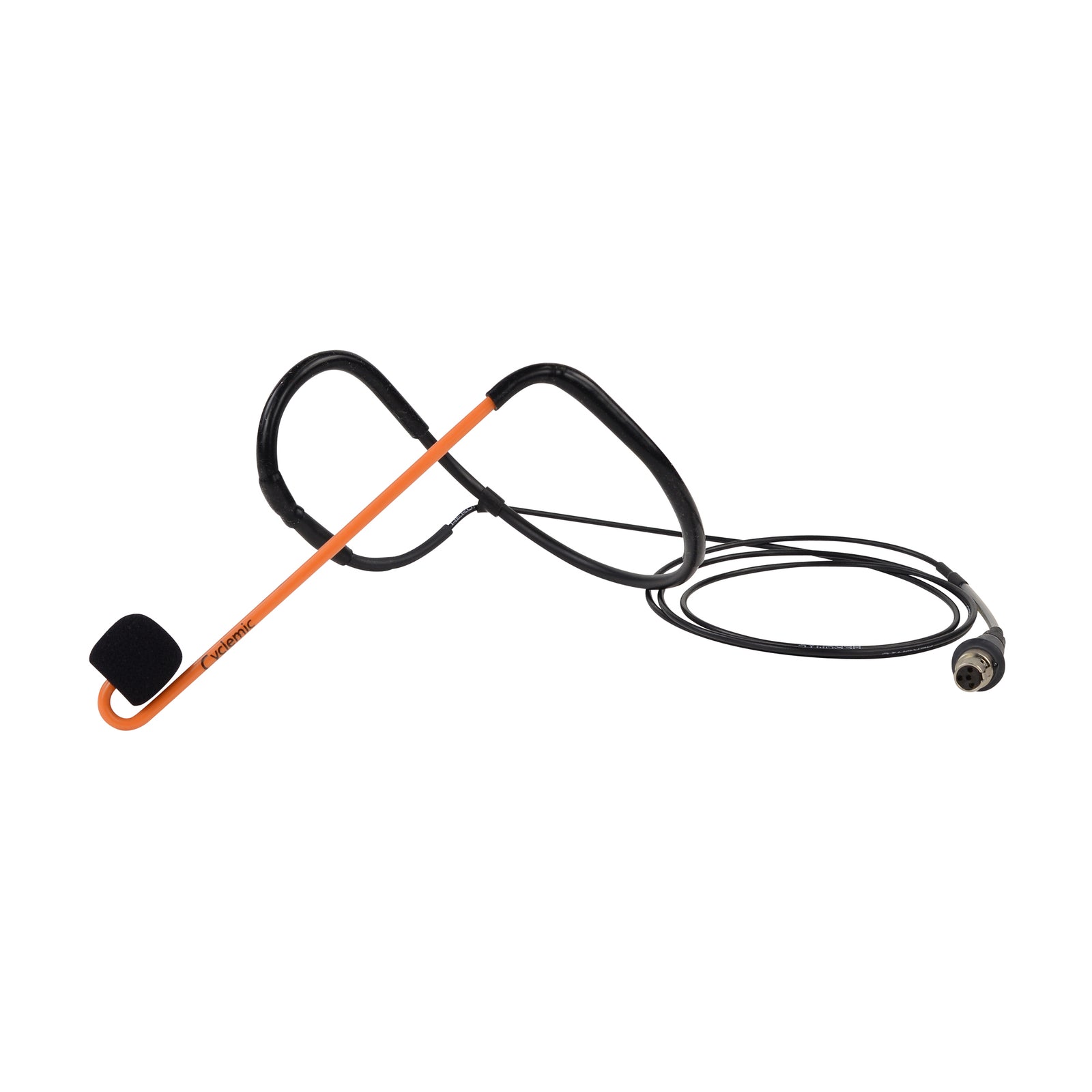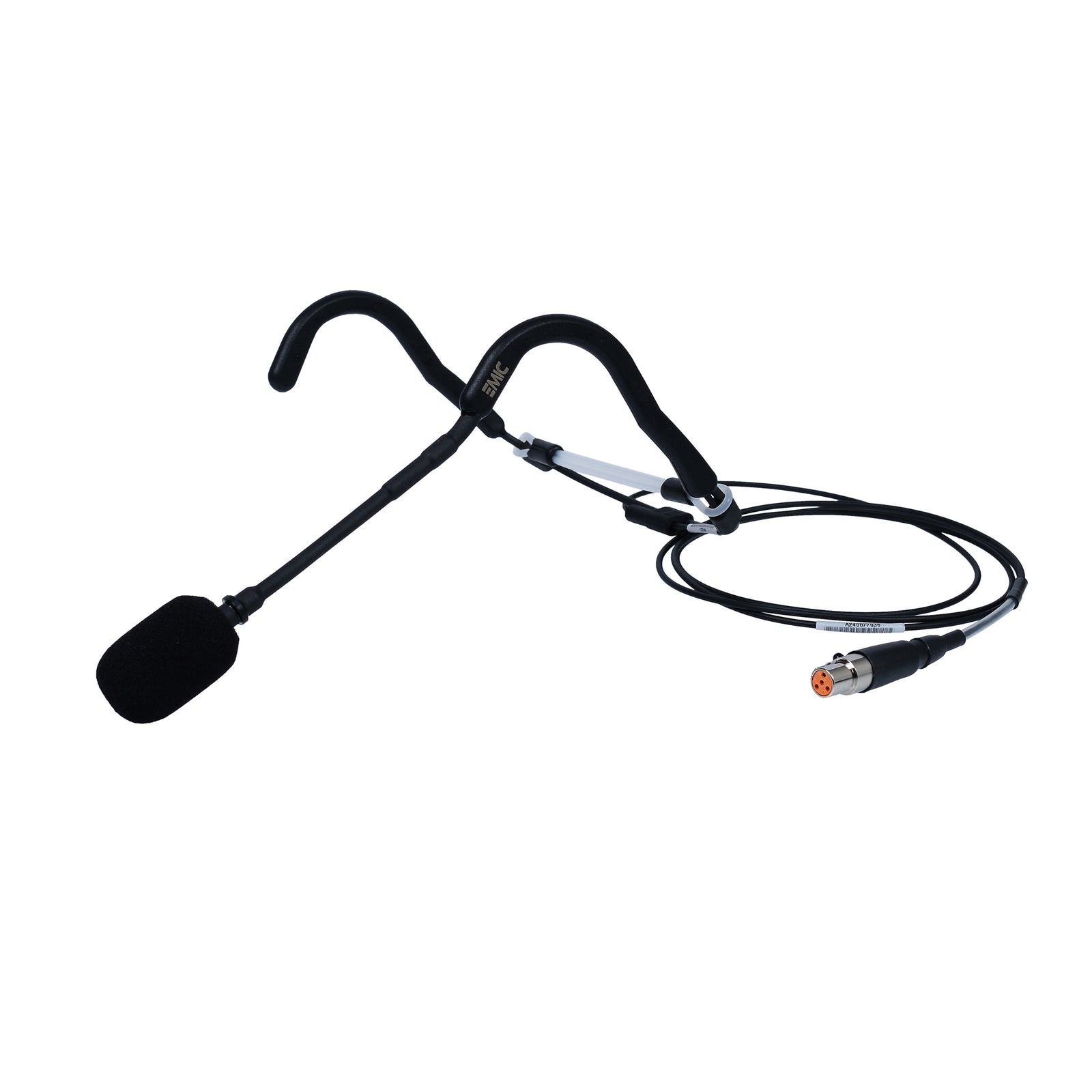
More gyms and fitness centres are rethinking their environments to include low-noise zones: spaces where members can focus, recover, and train without being overwhelmed by sound. This shift reflects a broader change in fitness culture, whereby today’s gym members are not just chasing intensity but also mindfulness, mobility, and mental clarity. Whether it’s a dedicated stretching space, a strength area free from distractions, or a wellness room for recovery, the demand for quieter areas is rising. These zones, however, are not sterile or silent — they’re intentional. When paired with thoughtful design and adaptable audio solutions, silence becomes more than the absence of noise: it becomes a competitive advantage.
In this Fitness Audio blog, we will explore the rise of low-noise fitness spaces and how to best create them.
The Psychology and Physiology of Noise in the Gym
While music and energy are essential parts of the gym atmosphere, high noise levels can work against the very goals they’re meant to support. Research has shown that loud, persistent noise raises cortisol levels, increases perceived exertion, and triggers stress responses — even in those who are used to high-intensity workouts. Rather than motivating members, excessive sound can make workouts feel harder, more chaotic, and less enjoyable.
This is where auditory fatigue comes in. When the ears are exposed to constant or distorted noise, the brain works overtime to filter and process sound. Over time, this mental strain leads to a decrease in focus, slower reaction times, and a sense of mental burnout — all of which impact performance and recovery. Instructors may notice members zoning out, becoming irritable, or even leaving early.
In contrast, low-noise zones support cognitive clarity. These spaces allow members to focus on form, timing, and breathing — all essential elements of safe and effective movement. For practices like strength training, mobility work, and stretching, the ability to think and feel through each movement without auditory clutter is invaluable.
That doesn’t mean removing audio altogether. With smart audio solutions, gyms can use subtle sound cues — like light tempo shifts or soft beats — to guide movement and create atmosphere without adding stress. Done right, these cues enhance the workout experience without overwhelming the senses.
Acoustic Challenges in Creating Low-Noise Spaces
Designing a low-noise zone in a gym is rarely as simple as turning down the volume. Many architectural and material choices made during a gym’s build or renovation phase can unintentionally work against sound control — and addressing them requires a more strategic acoustic approach.
One of the biggest challenges is the prevalence of open plan layouts. While they create a modern, spacious feel, they also allow sound to travel freely between zones. This means music from a group fitness class or the pounding of treadmills can spill into stretching or recovery areas, disrupting the intended quiet.
Materials commonly used in gyms — such as concrete, glass, and metal — compound the issue. These hard surfaces reflect rather than absorb sound, amplifying echoes and contributing to poor acoustics, particularly in high-ceilinged environments.
Even small rooms set aside for mobility or breathwork are often afterthoughts, outfitted with minimal sound treatment. Their compact size combined with bare walls can lead to jarring reverberation rather than the serene atmosphere intended.
Solving these challenges requires thoughtful design and specialised materials — but the payoff is a dramatically improved member experience.
Design Solutions: Building Quieter Zones Without Sacrificing Style
Creating quieter spaces in a gym doesn’t mean compromising on style — it just means being intentional about design. With the right materials, layout, and technology, low-noise zones can feel just as polished and premium as the rest of the facility, while offering a dramatically different sensory experience.
One of the most effective upgrades is the installation of acoustic panels on both walls and ceilings. These panels absorb sound rather than reflect it, helping to reduce echo and soften the impact of nearby noise. They can be designed to complement or enhance the aesthetic of the space, turning sound control into a visual feature rather than an eyesore.
Smart zoning layout is equally important. Quiet areas like mobility spaces, recovery rooms, or wellness pods should be physically distanced from high-volume zones like group fitness studios and cardio equipment. Thoughtful placement helps prevent disruptive noise bleed.
The addition of soft furnishings — think padded benches, wall hangings, and upholstered furniture — not only elevates the design but also improves overall acoustics. Similarly, sound-dampening flooring and curved walls can help break up sound waves and prevent harsh reverberation.
Finally, the cohesion between lighting and sound plays a powerful role. Cooler, dimmer lighting paired with ambient audio fosters a sense of calm and focus. By aligning sensory elements, gyms can turn low-noise zones into environments that feel both intentional and inviting — all without sacrificing design integrity.
Audio Tech: Different Systems that Enable Low-Noise Areas
As the demand for low-noise zones continues to rise, Fitness Audio is helping gyms and fitness centres stay ahead with smart, adaptable sound solutions. Our systems are built specifically for fitness environments — combining durability, precision, and control to create soundscapes that support focus, calm, and clarity without sacrificing performance.
One of the standout features we offer is directional speaker technology. Designed to target specific areas, these speakers deliver crisp audio where it’s needed while minimising sound spill into neighbouring quiet zones. It’s the perfect solution for spaces like yoga corners, mobility pods, or strength training areas, where concentration matters most.
Our multi-zone audio systems allow gyms to customise volume and audio content independently across the space — so a wellness area can enjoy a gentle playlist while the energy stays high in a nearby group class. With tailored EQ settings, instructors can ensure that voice cues are clear even at lower volumes — ideal for slow-paced formats like mobility or stretch sessions.
Low-latency wireless systems keep timing tight and transitions smooth, while our automated presets make switching between formats effortless. At Fitness Audio, we believe quiet should never mean compromised — it should mean intentional, intelligent sound that works in harmony with your space.
Final Thoughts
Low-noise fitness zones are more than just a design trend — they’re a powerful way to enhance the gym experience for a broader range of members. From supporting focus during strength training to creating calm environments for recovery, wellness, and mobility, these spaces meet the evolving needs of today’s fitness community.
With the right sound system and acoustic strategy, quiet becomes purposeful. Directional speakers, zoning, and thoughtful materials work together to create environments that feel refined, focused, and restorative — without compromising function or style.
In a world that’s constantly loud, offering silence can set your gym apart. Not the absence of energy, but the presence of intention. When designed with care, quiet becomes more than just a lack of noise — it becomes a superpower for both members and operators alike.
FAQs
Why are gyms investing in low-noise zones?
Low-noise zones in the gym are more than a passing fitness trend — they reflect a broader shift in the fitness industry toward holistic wellbeing and mindful movement. These spaces cater to fitness enthusiasts seeking focus, recovery, and a calmer workout environment. By reducing external distractions and supporting functional movement, gyms foster environments that enhance both performance and mental clarity.
What is the main benefit of creating quieter areas in a gym?
The primary benefit is health and well-being. Low-noise areas reduce stress, support proper form, and help avoid auditory fatigue. They also enhance the training session experience by allowing members to concentrate more effectively — particularly during activities like pilates, stretching, and functional fitness. These environments cater to people of all fitness levels, including older adults, who may prefer a more relaxed pace and low-impact movement.
How do low-noise fitness zones impact the member experience?
Low-noise zones positively impact the gym experience by reducing stress and promoting focus. When combined with the right lighting, layout, and audio solutions, these spaces enhance cognitive clarity, improve physical exercise outcomes, and support long-term health. They also help gym owners personalise the experience and motivate members by offering environments that feel intentional, restorative, and inclusive.
What are the acoustic challenges when designing a quiet space in a gym?
One challenge is the gym’s open-plan layout, which allows sound from high-volume areas like group classes or cardio zones to bleed into quieter spaces. Materials like glass and concrete further amplify noise. Many wellness rooms or mobility spaces are small and lack acoustic treatment, resulting in echo and distraction. Effective solutions include installing sound-absorbing panels, using soft furnishings, and implementing directional speakers to localise sound.
Can gyms still use audio in low-noise zones?
Yes — quiet doesn’t mean silent. Smart sound systems enable gyms to use ambient audio, subtle beats, or soft tempo changes to foster mood without overwhelming members. Fitness Audio’s directional speakers and multi-zone systems allow volume and audio content to be independently managed, creating tailored experiences for different areas within a single fitness club.
How do multi-zone audio systems help in low-noise gym environments?
Multi-carrier or multi-zone systems let gym owners deliver personal training, recovery, and fitness classes simultaneously — without cross-interference. While a HIIT workout might be happening in one zone, a nearby yoga session can benefit from softer soundscapes. With tailored EQ and low-latency controls, these systems personalise the audio to suit any training session and improve overall user need alignment.
What activities are best suited to low-noise zones?
Low-noise zones are ideal for functional fitness, mobility work, yoga practice, and recovery. They also support older adults, those managing chronic disease, or members recovering from injury. These areas help protect joint health and provide a positive space for regular exercise and physical activities that support both body and mind.
How can technology enhance these spaces?
Audio tech — such as directional speakers — helps create adaptive zones. These tools allow for precise sound control and enhanced engagement without overstimulation. Additionally, mobile apps and exercise apps let users track daily activity, access training programs, and feel more connected even when working out at home.
How do low-noise zones contribute to community building?
Quiet zones help build a community by offering inclusive, welcoming spaces for all. A strong community thrives when members can make meaningful connections, feel seen, and achieve their goals in a setting that respects different needs. These areas allow for conversation, connection, and creating accountability without shouting over music — a major factor in cultivating a sense of community and positive impact.
How can gym owners implement these changes without major renovations?
Creating low-noise zones doesn’t always require a full gym overhaul. Small steps — such as rearranging the gym layout, adding soft furnishings, using wireless headphones for select sessions, and installing acoustic panels — can make a noticeable difference. With support from providers like Fitness Audio, gym owners can adapt existing spaces while staying on trend with the latest fitness standards.







